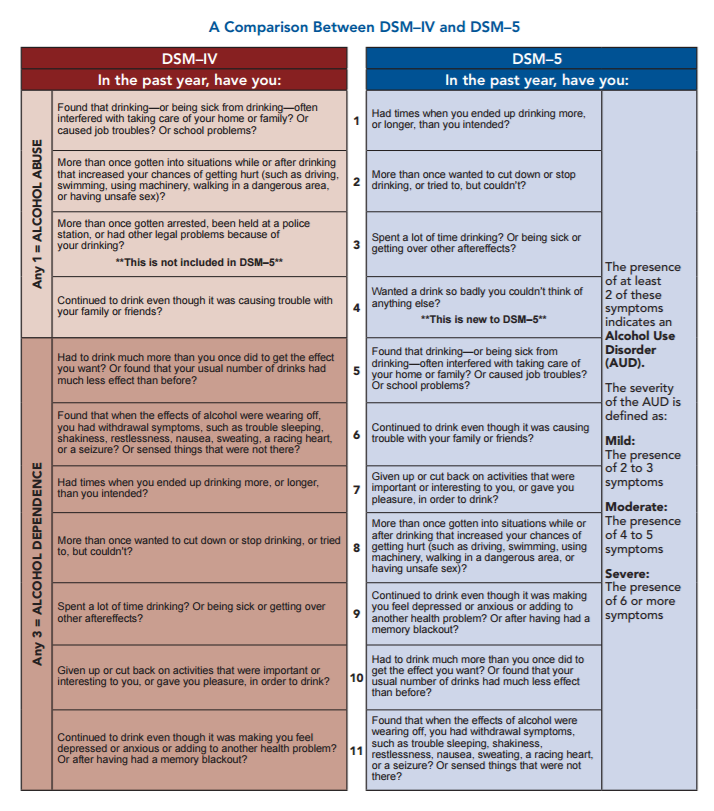
Dsm 5 codes code#
In this regard, what is the ICD 10 code for attention deficit disorder?Īttention-deficit hyperactivity disorder, predominantly inattentive type. Technically, this term is no longer correct.

This is what people mean when they refer to ADD. If 6 or more inattentive symptoms are present the diagnosis of ADHD/ ADD, Predominantly Inattentive Type may apply.
Dsm 5 codes manual#
The Diagnostic and Statistical Manual of Mental Disorders ( DSM- 5) does not provide criteria for ADD.Īlso, is Add still a diagnosis? Many, but not all, individuals with ADHD/ ADD display both inattentive and hyperactive/impulsive symptoms. However, the American Psychiatric Association (APA) only recognizes only ADHD. People sometimes use the term ADHD interchangeably with attention deficit disorder ( ADD), to refer to ADHD without hyperactivity. The learning difficulty may begin in the early years of schooling, but may not fully manifest until young adulthood in some individuals until the demands for those affected academic skills exceed the individual’s abilities.Īny other disorder, such as Intellectual Disabilities, auditory or visual acuity problems, other mental or neurological disorders or adverse conditions, such as psychosocial adversity, lack of proficiency in the language of instruction, inadequate instruction that may have plausible explanation for the difficulties being experienced by the individual must be taken into account first before confirming the diagnosis.Attention-Deficit Hyperactivity Disorder DSM- 5 314.01 (ICD-10-CM Multiple Codes) For individuals aged 17 and older, a documented history of impairing learning difficulties may be substituted for the standardized assessment. It will be assessed through a standardised achievement tests and the analysis is done based on cut off. The difficulty led to the affected academic skill to be substantially and quantifiably below those expected for the individual’s chronological age. The difficulty persisted for atleast 6 months and is failed to improve despite the provision of intervention that deal with these difficulties. READ : Top 8 Websites To Learn English from ScratchĤ Criteria for diagnosing dyslexia, dyscalculia and other learning disordersĭifficulty in mastering reading, writing, arithmetic skills, number sense, number facts or calculation and mathematical reasoning in school age years. Now, DSM-5 requires four criteria to confirm a clinical diagnosis of SLD. Another major shift in diagnosis criteria between DSM-IV and DSM-5 was the elimination of the ‘IQ-achievement discrepancy.’ According to DSM-5, Individual cognitive profiles based on neuropsychological testing are more useful for understanding intellectual disabilities than a single IQ score. So, In DSM-5, there is one overaching category of SLD with ‘specifiers’ to characterize learning difficulty in three major academic domains, namely reading (dyslexia), writing, mathematics (dyscalculia).

While DSM-5 acknowledges the impact of dyslexia as a learning disorder and the need of the hour, its compilers chose not to use this label to codify learning disorders in reading.

According to DSM-5, SLD is a type of neurodevelopmental disorder that impedes a person’s ability to learn and use specific academic skills, such as reading, writing and arithmetic, which serve as the foundation for most other academic learning. Recent changes DSM codes for learning disabilityĭSM category for learning disorders, such as dyslexia and dyscalculia, underwent a significant change between DSM-IV and DSM-5, sparking alot of controversy and criticism from dyslexia advocacy groups due to its failure to code Dyslexia and Dyscalculia as a distinct type of Specific Learning Disability (SLD). In simple term, one should look up for DSM-5 guide to know, what constitutes a mental disorder officially. It enable professionals to communicate about mental health disorders using a common language. The Diagnostic and Statistical Manual of Mental Disorders ( DSM) is the handbook used by health care experts as universal authority in North America, South America, Australia, and many other European countries for diagnosis of mental disorders.


 0 kommentar(er)
0 kommentar(er)
